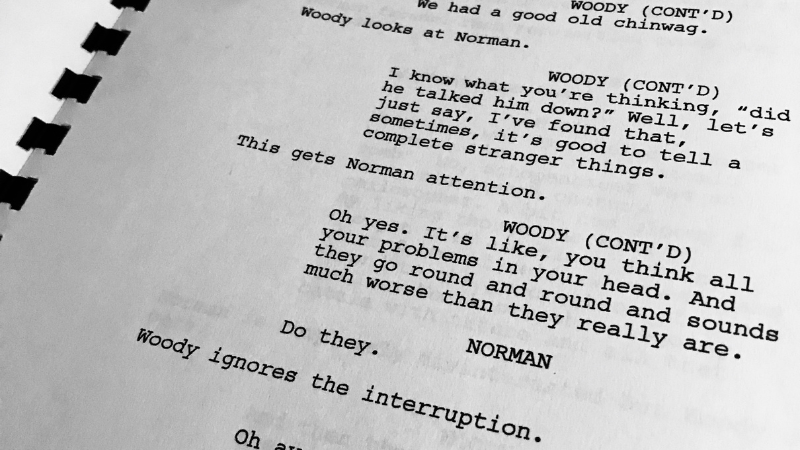One of the most crucial yet underestimated factors screenwriters need to consider is page count. A script’s page count directly impacts the pacing, marketability and overall success of a film.

The One-Page-Per-Minute Rule
The golden rule in screenwriting is that one page of a script roughly equates to one minute of screen time. While this is an approximation, it’s a reliable guideline used universally in the film industry. A 120-page script is generally expected to become a two-hour film, while a 90-page script is a 90-minute film. Deviating too much from this rule can be a red flag for producers and directors. An 80-page script for a feature film might suggest the story lacks depth or character development, while a 140-page script might be seen as bloated, overly complex, or needing significant cuts to fit a standard theatrical release window.
Pacing and Narrative Arc
Page count is intrinsically linked to a story’s pacing and narrative structure. A screenplay is a blueprint for a film, and the page count dictates the rhythm of the story. A well-structured screenplay will have key plot points hit at specific page markers. For instance, the inciting incident typically happens around page 10-15, the first act break around page 25-30, and the midpoint around page 50-60. These benchmarks are not arbitrary; they are the result of decades of storytelling tradition and audience expectations. An awareness of page count helps a writer to tighten their story, eliminate unnecessary scenes, and ensure that the narrative moves forward efficiently.
Marketability and Logistics
From a business perspective, page count is crucial for marketability and production logistics. Most feature films released in theaters have a runtime of 90 to 120 minutes. This range is the sweet spot for scheduling, as it allows for multiple showtimes in a single day at a movie theater. A script that is excessively long, say 150+ pages, can scare off producers because it signals higher production costs, a longer shooting schedule, and a difficult theatrical release. Conversely, a very short script (under 85 pages) for a feature film might not be considered a “full-length” movie and could be a hard sell to distributors.
The Art of Brevity and Subtext
For the screenwriter, adhering to a strict page count is an exercise in the art of brevity. It forces them to be deliberate with every word, every line of dialogue, and every action description. Screenwriting is a medium of subtext and action, not prose. A script’s value lies in what it shows, not what it tells. A writer who is mindful of page count learns to trust the actors and the director to fill in the gaps, conveying emotion and information through non-verbal cues and visual storytelling rather than lengthy monologues or descriptive passages. Ultimately, a well-polished script is one where every page, and indeed every line, is essential.
